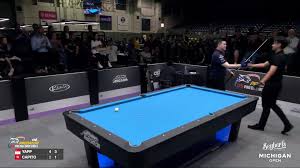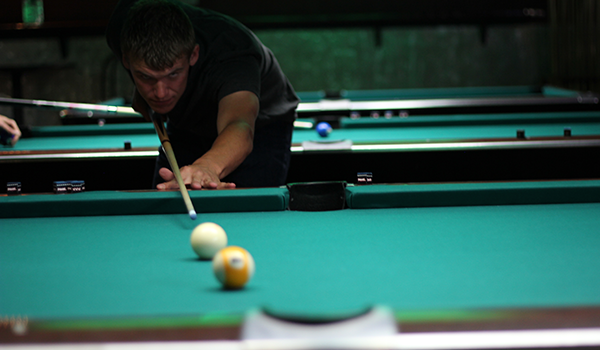
One of most popular sports worldwide is pool. You can play on different sized tables. You need to be skilled at the game. There are many varieties of pool. Most popular are eight ball and continuous pool. These games require great skill and can be played individually, doubles, as well as as a team sport.
The objective of the game is to pot all designated balls. This includes the cue ball, eight-ball and other object balls. Each player receives one of two pockets at each end of the table. They go on until they make a mistake or foul. If a foul is committed, the player must put the ball back on and take a new shot. A variety of fouls can occur including a break, hitting the cueball into an object ball, committing an unlawful break, or executing a jump shot.
The official pool rules are the World Standardized Rules. They are used in many international tournaments and organizations, as well as by the Billiard Congress of America. A foul must be committed in which the ball was lost and the ball of the opponent is taken back.

In eight-ball, the goal is to pocket the black eight ball. Depending on which variation is used, the numbering of the balls can vary from one to nine. The player who takes a ball from his pocket wins the game.
A normal foul is punished with a point. If the ball is pocketed in the course of a foul, the ball must be immediately racked. The player can decide to go back to his original position after he has taken his next shot. Alternativly, he might decide to keep his ball and give the opponent a point if he places the ball in his own pocket.
Another type is the ball and hand foul. This happens when the ball is touched by a player without his or her foot touching the floor. The player must announce that the ball has been pocketed before they take a shot. The ball that was pocketed during foul play must be positioned as close to the feet spot as possible.
The player who commits two fouls in a row must be warned before taking his or her next shot. The third foul will result is a forfeiture of the game. The player will be penalized if he or she breaks in an inning.

A non-player interfere is another type. Non-player interference is when the ball is pushed, bumped or thrown by an opponent or unscheduled lighting fixture. Non-player interference doesn't count if the ball was pocketed during the course or a foul.